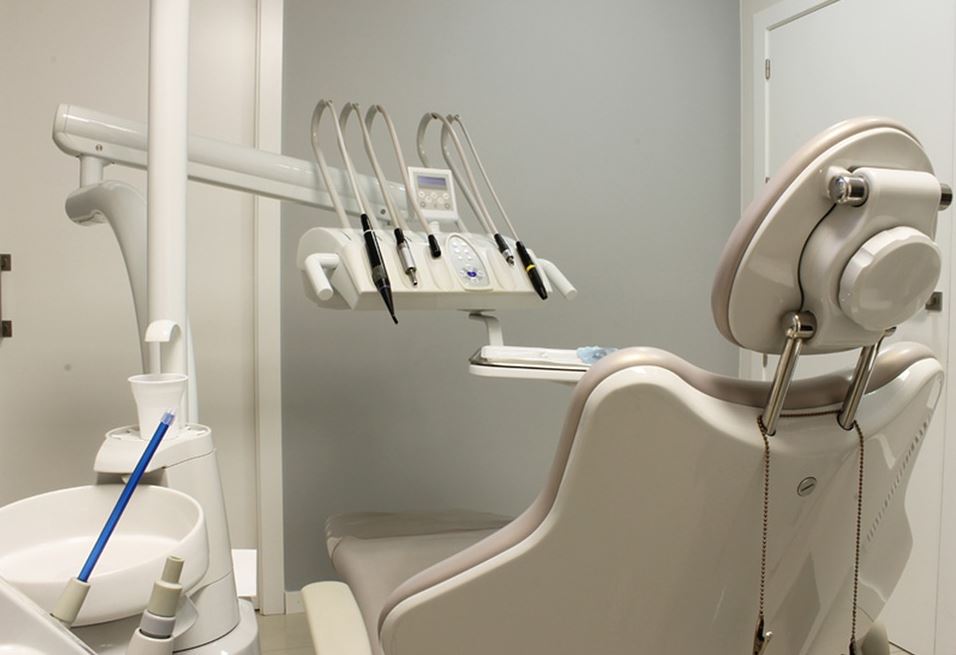If you’re missing one or more teeth and your dentist has determined that you meet the qualifications for receiving a dental implant, you may be considering this operation. This medical procedure provides both aesthetic benefits, as well as, improved dental health and functionality. However, as with any type of surgery, it’s important to understand the complexities of this surgery beforehand.
First Surgery
Your first surgery puts the implant(s) into your jaw bone. Performed by either a periodontist, oral surgeon or specially trained general dentist, the procedure consists of a placing a guide over your existing teeth, which will have previously been made during your consultation by your dentist, and fitting it to show were teeth are missing and implants need to be made. There is a four to seven month wait before your next surgery, depending on whether or not your implant(s) was placed in the top or bottom jaw. This time allows the implant to “take root” in your jaw.
Second Surgery
Once your dentist has X-ray confirmation that the implant has taken root, your second surgery can be scheduled. Less complicated than the first surgery, this procedure requires the dentist to make an incision to expose the bottom of the implants, or the part to which the crown will be placed. A “collar” is placed around the newly exposed gum to heal it heal correctly. Professionals, like those at Oral Surgery Associates Inc., realize that approximately 10-14 days later, the collar is removed. Then, an abutment is tightly screwed onto the implants and a dental impression is taken.
Crown Placement
In some cases, patients may receive both their abutment and temporary crown immediately after the second surgery. However, most dentists will put in a temporary crown, to be worn for four to six weeks, after the abutment is put in place. Softer than the permanent crown, it is designed to protect the implant from the pressure or chewing giving your jaw time to properly heal and adjust to the new tooth structure. The permanent crown, which takes 2-3 weeks to make, will either be cemented or screwed to the abutment. Once you have your new implant(s) you can treat it just as you would natural teeth.
Getting a dental implant is a big decision. It involves a significant investment of time and includes all of the standard complications of any surgical procedure. However, once you understand the intricacies of the process, you’ll be better prepared to discussion this option with your dentist and possibly prepare for your own implant surgery.

